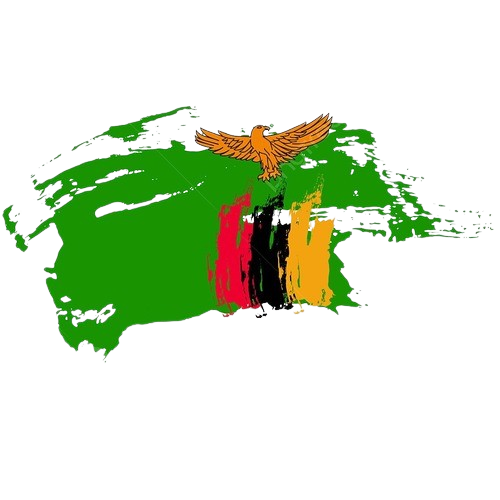Python | Pandas Timestamp.is_year_start

Python is a great language for doing data analysis, primarily because of the fantastic ecosystem of data-centric python packages. Pandas is one of those packages and makes importing and analyzing data much easier.
Pandas Timestamp.is_year_start attribute return a boolean value. It return True if the date in the given Timestamp object is the start of the year else it return False.
Syntax : Timestamp.is_year_start
Parameters : None
Return : boolean
Example #1: Use Timestamp.is_year_start attribute to check if the date in the given Timestamp object is the start of the year or not.
# importing pandas as pd import pandas as pd # Create the Timestamp object ts = pd.Timestamp(2016, 1, 1, 12) # Print the Timestamp object print(ts) |
Output :
Now we will use the Timestamp.is_year_start attribute to check if the date in the ts object is the start of the year or not.
# check if the date is the start of the year ts.is_year_start |
Output :
As we can see in the output, the Timestamp.is_year_start attribute has returned True indicating the date in the given Timestamp object is the start of the year.
Example #2: Use Timestamp.is_year_start attribute to check if the date in the given Timestamp object is the start of the year or not.
# importing pandas as pd import pandas as pd # Create the Timestamp object ts = pd.Timestamp(year = 2009, month = 5, day = 31, hour = 4, tz = 'Europe/Berlin') # Print the Timestamp object print(ts) |
Output :
Now we will use the Timestamp.is_year_start attribute to check if the date in the ts object is the start of the year or not.
# check if the date is the start of the year ts.is_year_start |
Output :
As we can see in the output, the Timestamp.is_year_start attribute has returned False indicating the date in the given Timestamp object is not the start of the year.






